1. The vacuum chamber consists of a heat-resistant glass Tupperware with a plate holder, a copper-tungsten electrode, and an exhaust port on the base of a 250x250x5 A7075 plate with an O-ring groove.
2. Prepare the plasma conditions by evacuating the chamber with a rotary vane vacuum pump through an oil mist trap, filling with argon gas, and evacuating repeatedly.
3. Boost AC50V to AC1500V with a step-up transformer for microwave ovens, convert it to DC with a diode bridge and apply it to the chamber to create a plasma atmosphere inside the chamber.
4. Inside the chamber, place a silver target on the base plate as the anode, and the electrode in the glass chamber as the cathode.
A 120x90x0.8mm copper plate is attached to the plate holder at a distance of 15-20mm from the anode.
5. Magnetron sputtering is started by inserting a magnetron consisting of OD34xID24xt10 doughnut-shaped and OD18xt10 cylindrical-shaped magnets directly under the base plate.
6. Since the above magnetron cannot cover the entire copper plate, the magnetron is driven in a grid pattern by a CNC modified from a pen plotter to proceed with sputtering. (See uploaded video)
7. All of these cooling rely on fan air cooling. :-P
Sputtering equipment for daguerreotype photography
Manufacture of photographic materials using home-made sputtering equipment.
 Koji Tokura
Koji Tokura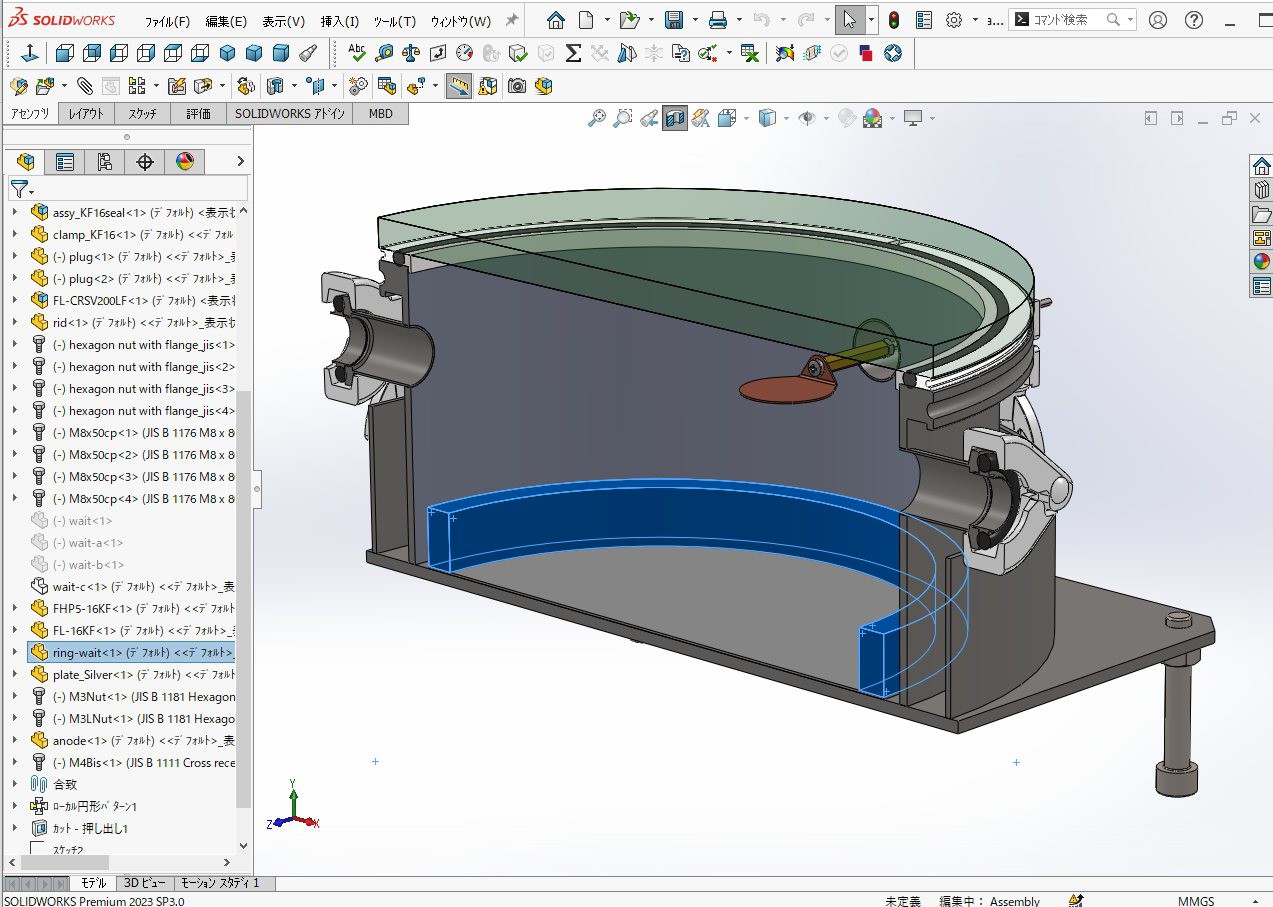

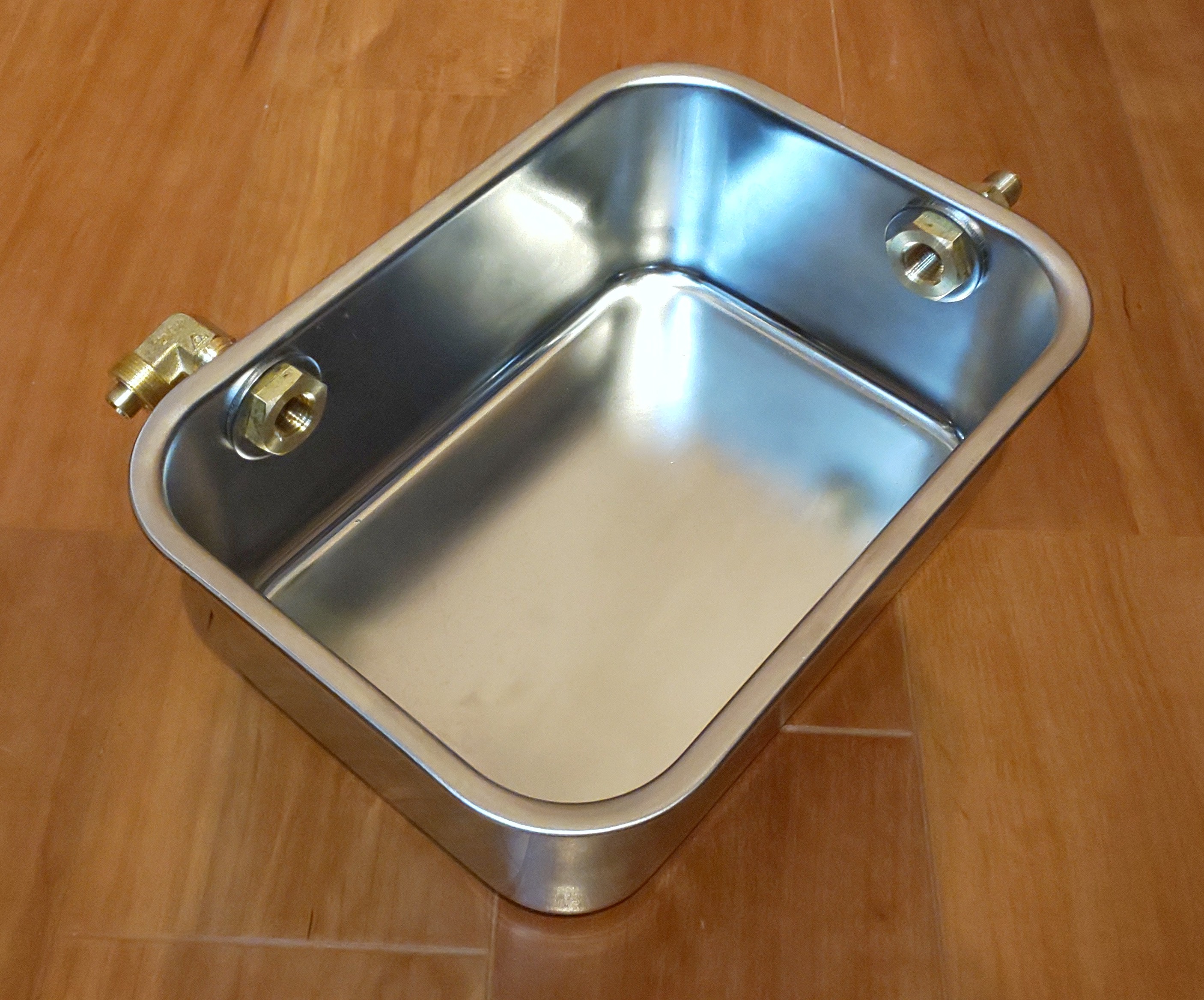
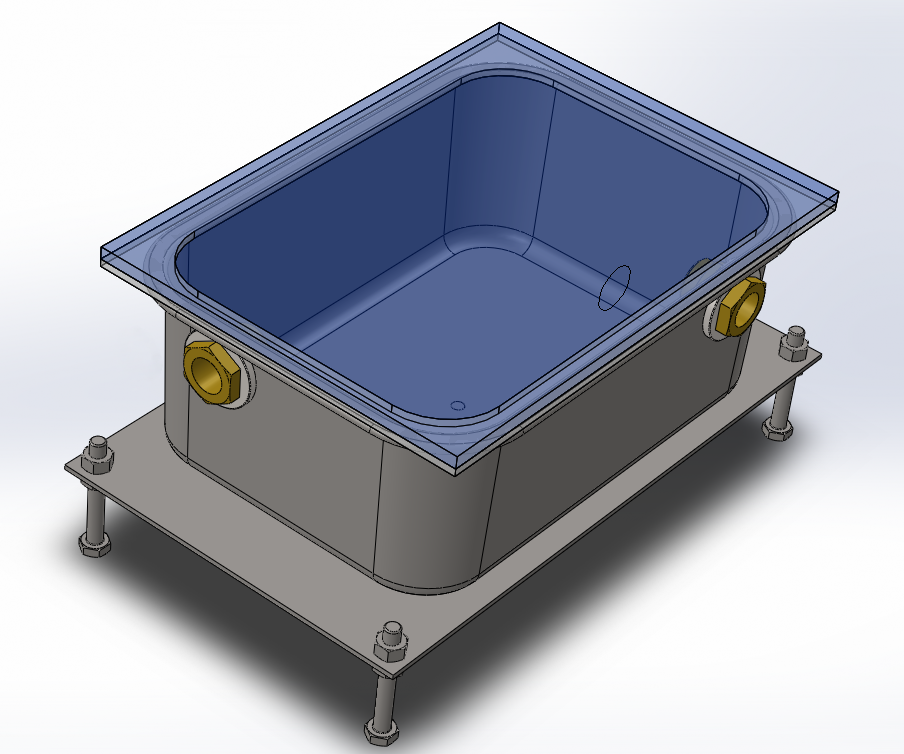
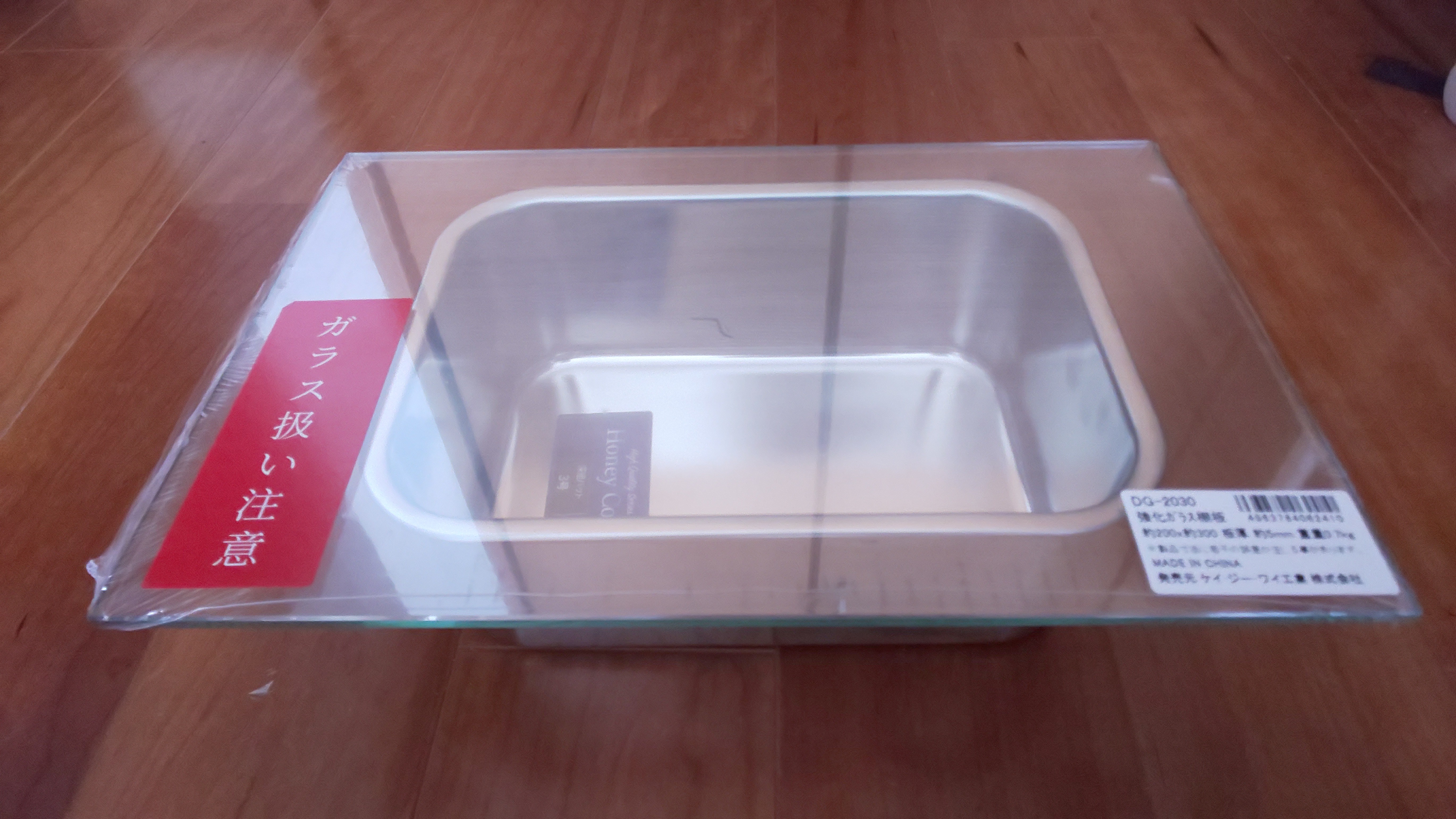
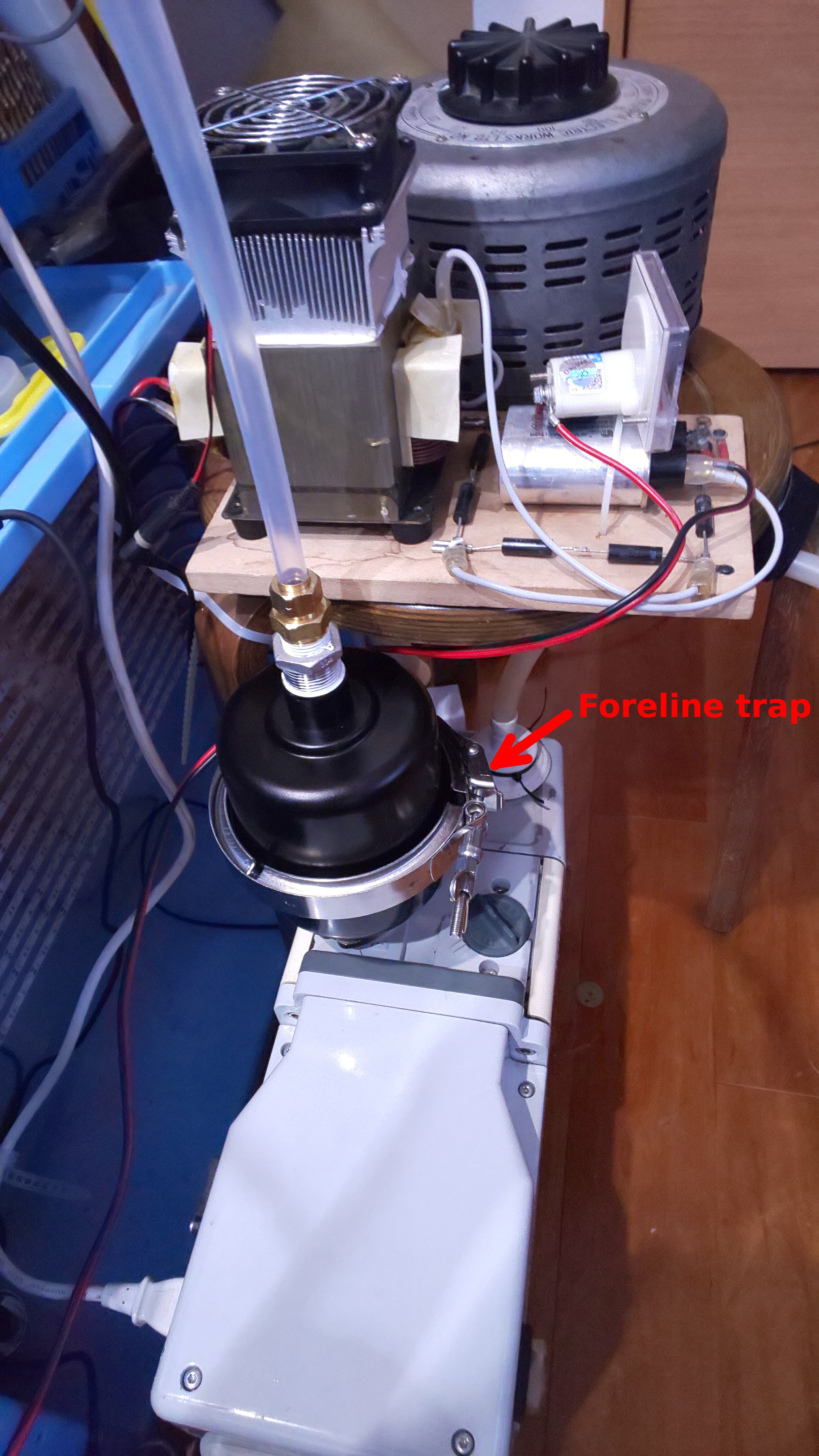
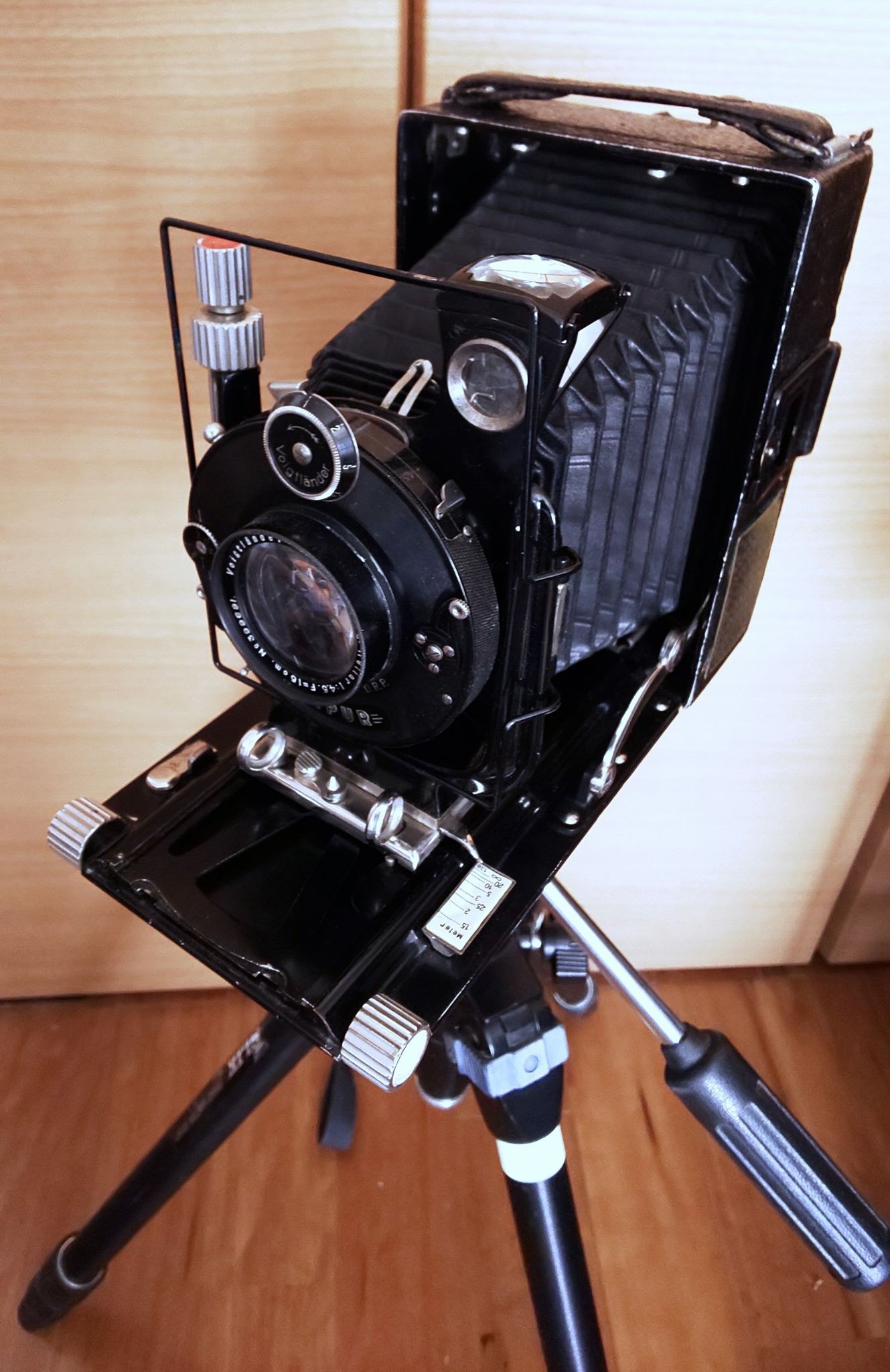
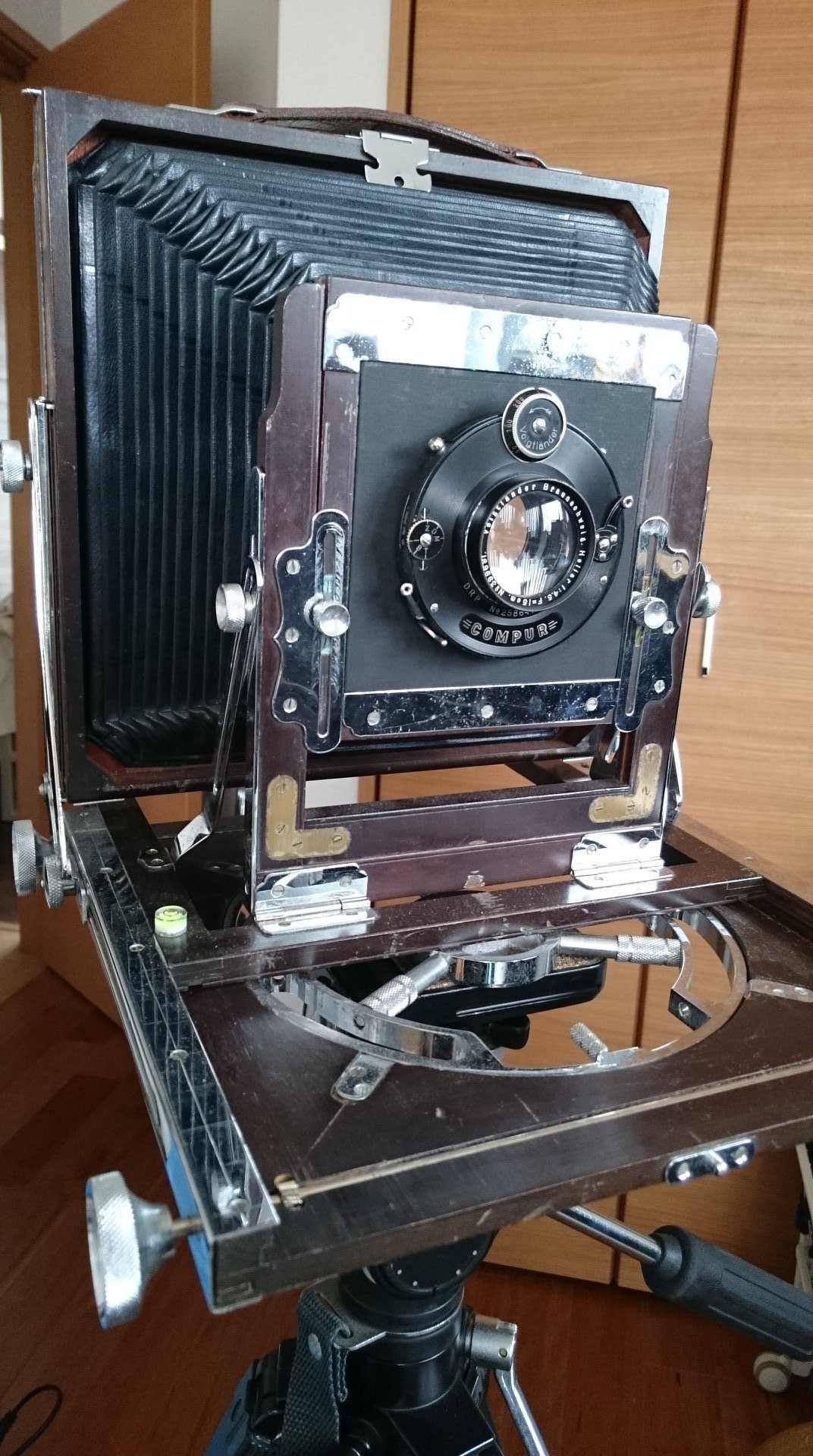
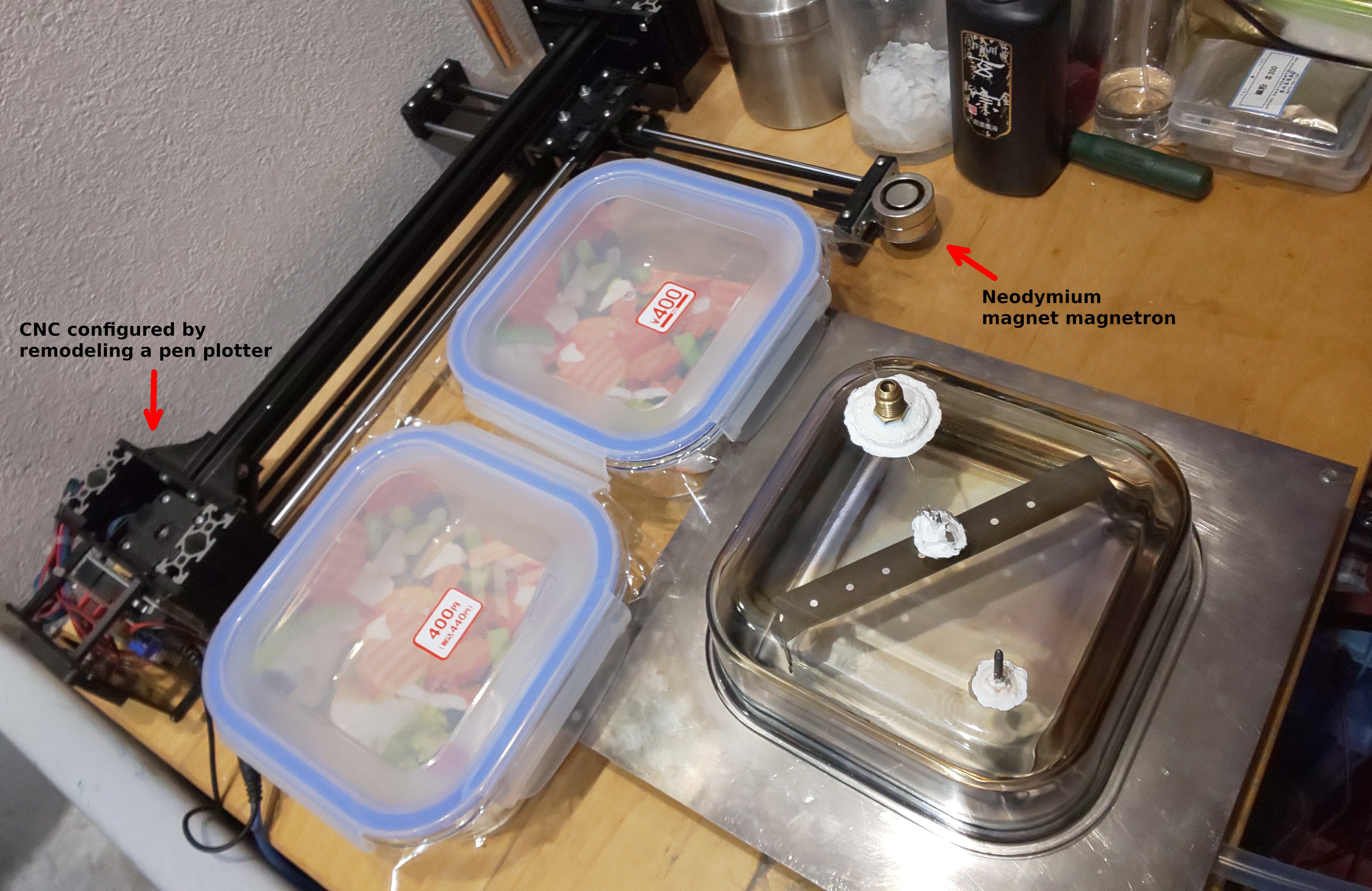
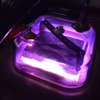
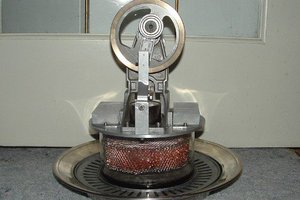
 Joseph Lavoie
Joseph Lavoie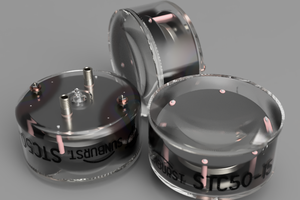
 Nick Poole
Nick Poole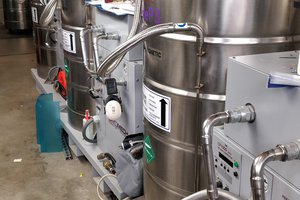
 Meow
Meow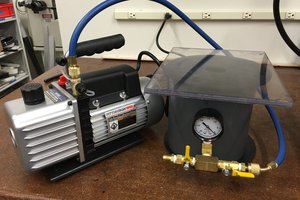
 jupdyke
jupdyke
Do daguerreotypes really need mercury to be developed? How can this be avoided by using something else instead?